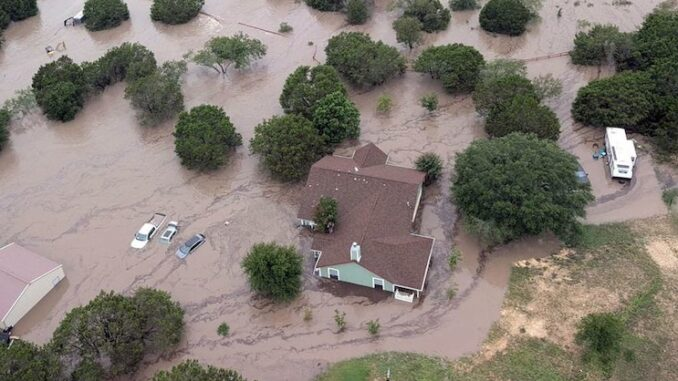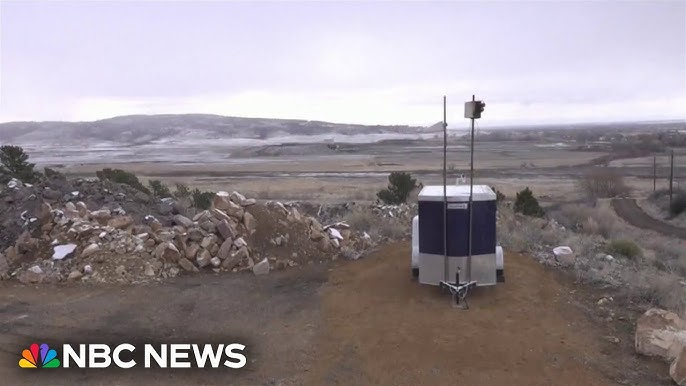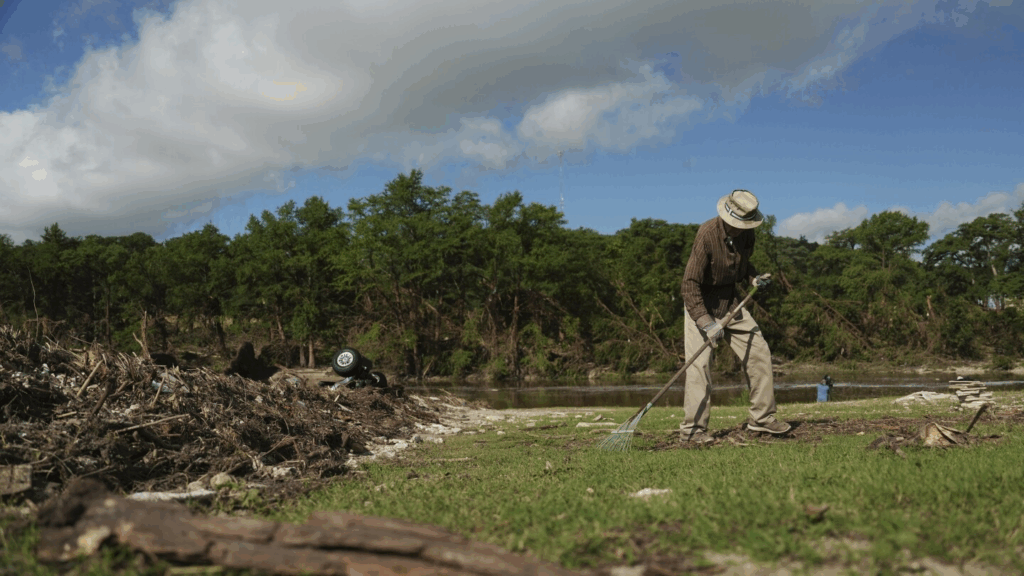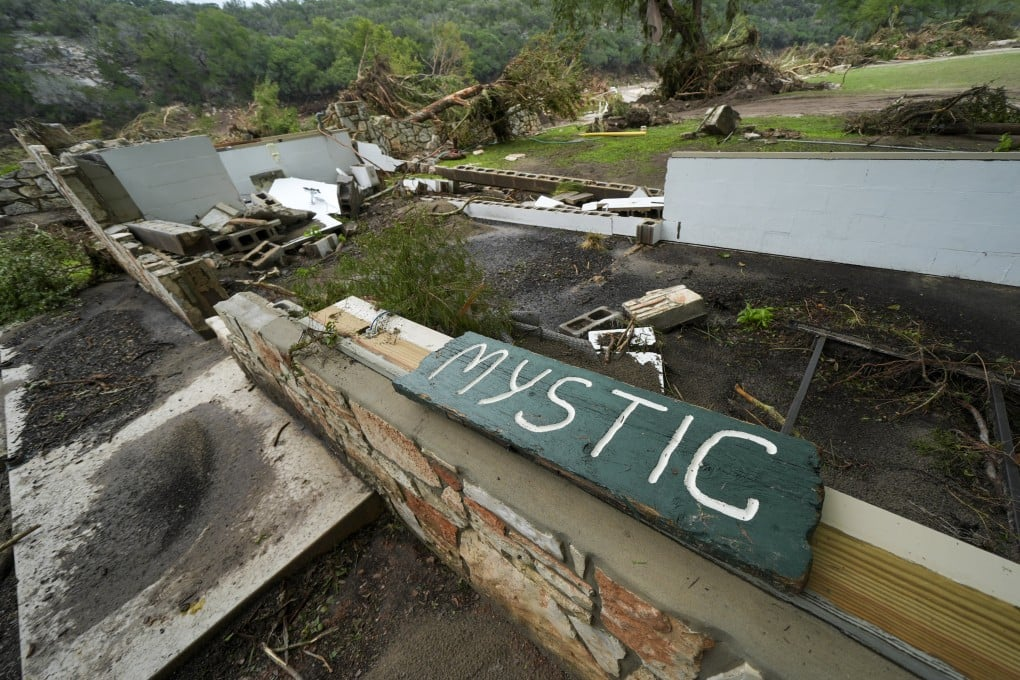As historic floods ravaged parts of Texas this summer, some online voices have pointed fingers not just at the skies—but at the people who may have tampered with them.

A cloud-seeding company reportedly backed by Bill Gates has become the center of a swirling controversy after speculation arose about its potential link to the unusually intense weather events across the region. With millions affected by flash flooding and property damage, the theory has ignited fierce debate online.

Cloud seeding, a form of weather modification, involves dispersing particles like silver iodide into clouds to encourage rainfall. While the technique has been used for decades in water-scarce regions, its application remains a topic of scientific, ethical, and now public scrutiny.

Critics claim that the technology may be responsible for intensifying natural weather patterns—pointing to radar footage, unusual cloud formations, and the timing of recent experiments. However, meteorologists and climate experts argue there is no credible evidence linking cloud seeding to catastrophic flooding, calling such claims “unfounded.”

A spokesperson for the cloud-seeding firm denied any connection to the storms, stating:
“Our mission is to support sustainable water access through science—not create disasters.”
Still, the internet is ablaze with speculation. Videos showing “unnatural-looking clouds” and low-flying aircraft near storm systems have gone viral, fueling concerns that human intervention in the atmosphere may be going too far.
As cleanup crews work through the devastation, a larger question looms in the minds of many:
Should humans be trying to control the weather at all—and at what cost?